Cold sunroom plants?
chrisbelgium
15 years ago
Featured Answer
Sort by:Oldest
Comments (12)
jeannie7
15 years agolast modified: 9 years agoMentha
15 years agolast modified: 9 years agoRelated Professionals
Windham Landscape Architects & Landscape Designers · Danbury Landscape Architects & Landscape Designers · Belmont Landscape Architects & Landscape Designers · Cedar Hill Landscape Contractors · Galt Landscape Contractors · Hilton Head Island Landscape Contractors · Holtsville Landscape Contractors · Kerman Landscape Contractors · Lancaster Landscape Contractors · Saint John Landscape Contractors · Santa Maria Landscape Contractors · Selden Landscape Contractors · Teaneck Landscape Contractors · Norridge Landscape Contractors · Garden Acres Interior Designers & Decoratorspirate_girl
15 years agolast modified: 9 years agopirate_girl
15 years agolast modified: 9 years agopirate_girl
15 years agolast modified: 9 years agoMentha
15 years agolast modified: 9 years agorhizo_1 (North AL) zone 7
15 years agolast modified: 9 years agochrisbelgium
15 years agolast modified: 9 years agorhizo_1 (North AL) zone 7
15 years agolast modified: 9 years agowatergal
15 years agolast modified: 9 years agotapla (mid-Michigan, USDA z5b-6a)
15 years agolast modified: 9 years ago
Related Stories
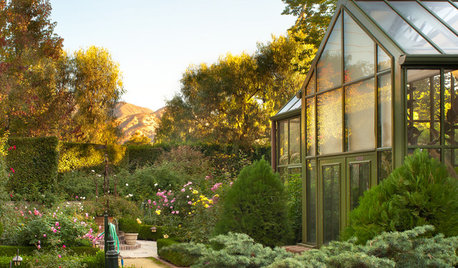
GREENHOUSESGreenhouses Bring Gardens in From the Cold
Get a jump start on summer plantings even if spring chills linger with a greenhouse or cold frames in your backyard
Full Story
GARDENING GUIDES10 Cold- and Heat-Tolerant Perennials and Shrubs for the Arid West
These flowering native plants shrug off the cold of winter and heat of summer while adding beauty to the drought-tolerant landscape
Full Story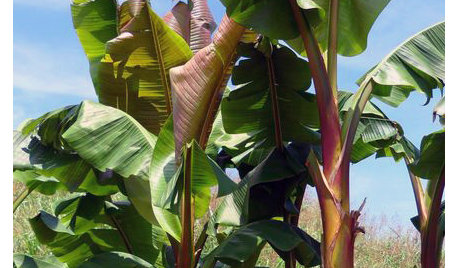
GARDENING AND LANDSCAPINGBring the Tropics to Your Cold-Climate Garden
Delightfully deceptive, these plants combine a durable nature with a tropical look to add a touch of the exotic to cooler landscapes
Full Story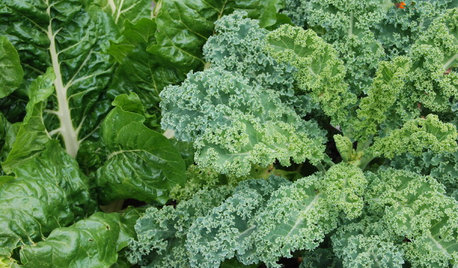
FALL GARDENINGFrost-Hardy Foliage That Loves a Cold-Climate Garden
When winter cuts a bleak swath through other plants, these edibles and perennials flourish brilliantly
Full Story
GARDENING GUIDES10 Cold-Hardy Succulents for Cool-Season Interest
These attractive plants shrug off colder temperatures, and many can be brought inside in containers in extra-chilly climates
Full Story
WINTER GARDENINGExtend Your Growing Season With a Cold Frame in the Garden
If the sun's shining, it might be time to sow seeds under glass to transplant or harvest
Full Story
ARCHITECTURE15 Smart Design Choices for Cold Climates
Keep your home safe and comfortable in winter by choosing the right home features and systems
Full Story
LIFEHouzz Call: How Are You Handling the Record-Breaking Cold?
Share your tales, strategies and photos for everything polar vortex
Full Story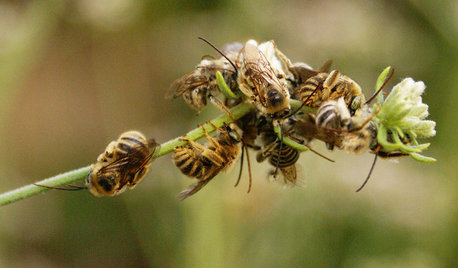
GARDENING GUIDESGreat Design Plant: California Buckwheat Pleases Pollinators
Beneficial insects go wild for this drought-tolerant plant’s summer flowers, while seed heads feed critters foraging in the cold
Full Story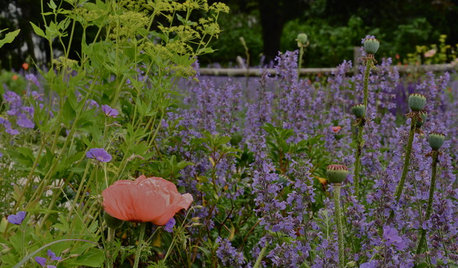
GARDENING GUIDESGreat Design Plant: Walker's Low Catmint
Prolific purple blooms, fragrant leaves, and cold-hardiness makes this a go-to plant for almost any garden
Full Story










greattigerdane